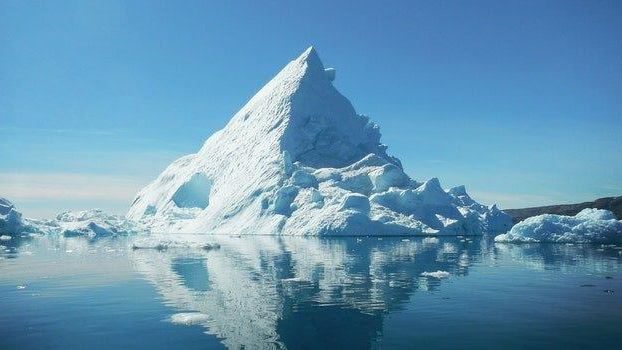«The disappearance of summer sea ice in the Arctic is one of the first landmines in this minefield, that we set off first when we push warming too far. (…) [O]ne can essentially ask if we haven’t already stepped on this mine and already set off the beginning of the explosion». This is how physicist and climatologist Markus Rex described the possible irreversible melting of the ice in the Arctic during summer months, due to climate change caused by the greenhouse gas emissions of human activity.
If fully melted, it could have serious consequences, especially on the climate in the areas bordering on the Arctic, like Greenland. That’s not all: the higher average temperature in the region brings with it side effects such as higher sea levels and a change in ocean currents, thus impacting the life of entire ecosystems where millions of species live.
These changes would also be one of the causes of more and more extreme atmospheric events occurring each year. Rex discussed all of this during the presentation of the initial conclusions of the biggest scientific expedition to the ice around the North Pole, which he led, carried out between 2019 and 2020.
With a budget of € 140 million, the project involved 300 scientists from over 15 different countries, and over 389 days of activity 150 terabytes of data were collected on the atmosphere and the ecosystems of the Arctic, an ocean that covers the most northerly part of Earth and is one of the areas most exposed to global warming – in fact, it is warming almost twice as fast as the rest of the planet.

